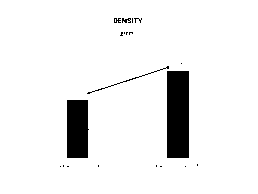In the 3D printing industry, producing functional components that match the performance of traditional manufacturing methods requires materials that offer an optimal balance of low weight and high mechanical strength.
Among these, carbon fiber-reinforced PA11 stands out as a bio-based solution that combines mechanical properties, chemical resistance and sustainability.
On the other hand, carbon fiber-reinforced PA12 remains one of the most established solutions for producing high-performance components, especially in sectors such as automotive, aerospace, and precision engineering.
Which one to choose?




XECARB® SL 3DF
Lightened 15% Carbon Fibre Reinforced PA11
Based on the properties of PA11, Xenia has developed XECARB® SL 3DF, a technical filament reinforced with 15% carbon fiber that delivers an exceptional combination of strength and lightness, featuring a density of only 0.99 g/cm³.

Lightness
Structural performance

Impact Resistance
SUPERLIGHT TECHNOLOGY
By integrating proprietary Superlight technology, XECARB® SL 3DF achieves a significantly lower density than conventional filaments, enabling the manufacture of lightweight, strong, and durable parts without sacrificing mechanical performance.


SuperLight technology allows for up to a 20% reduction in mass per unit volume, optimizing material usage and enhancing production efficiency compared to standard, non-lightweight filaments.
3DP MATERIALS
Thermoplastic reinforced compounds functionalised for pellet-fed 3D Printing